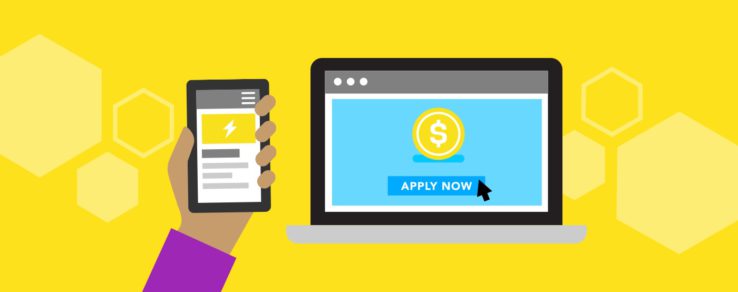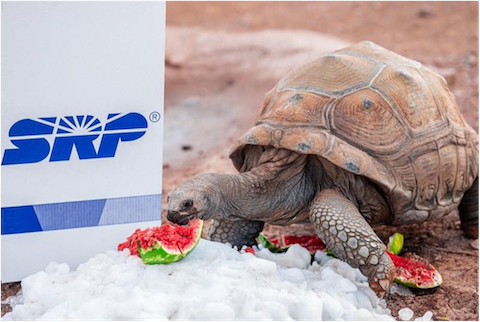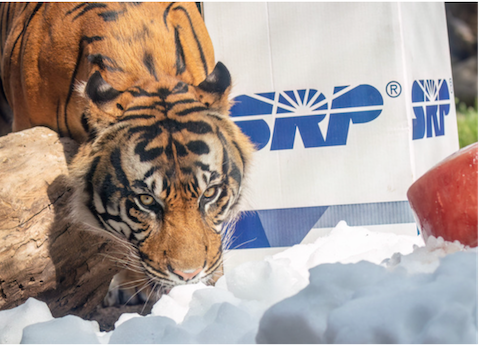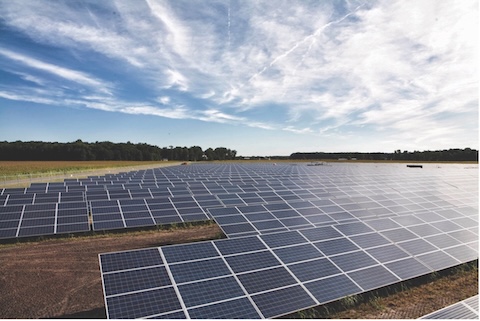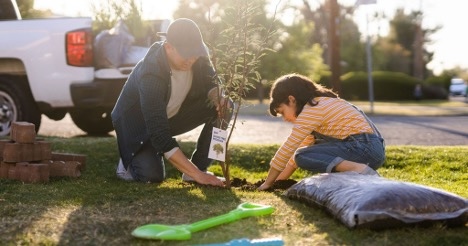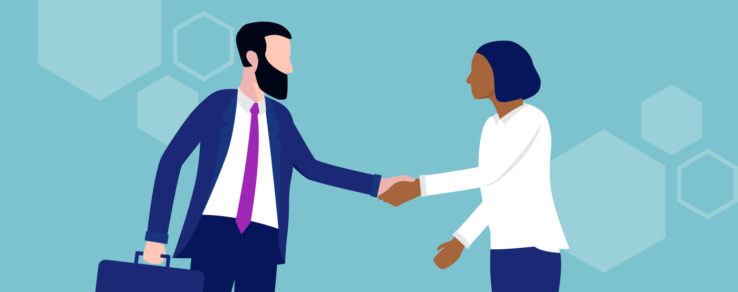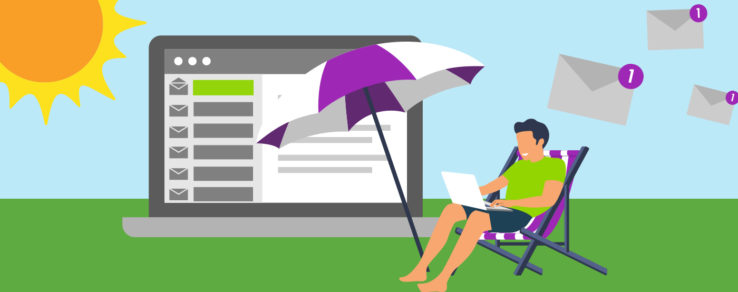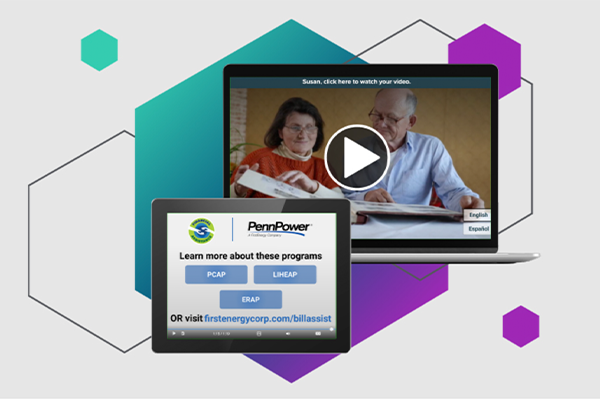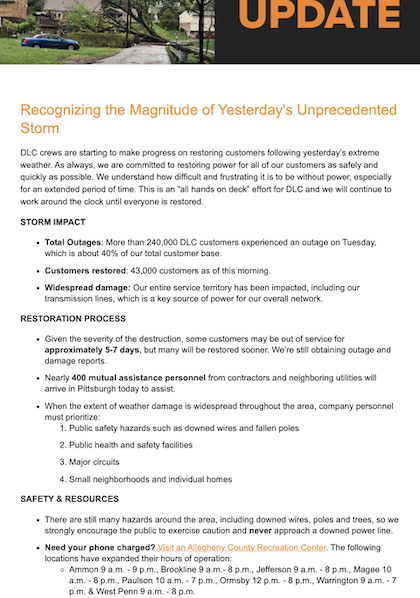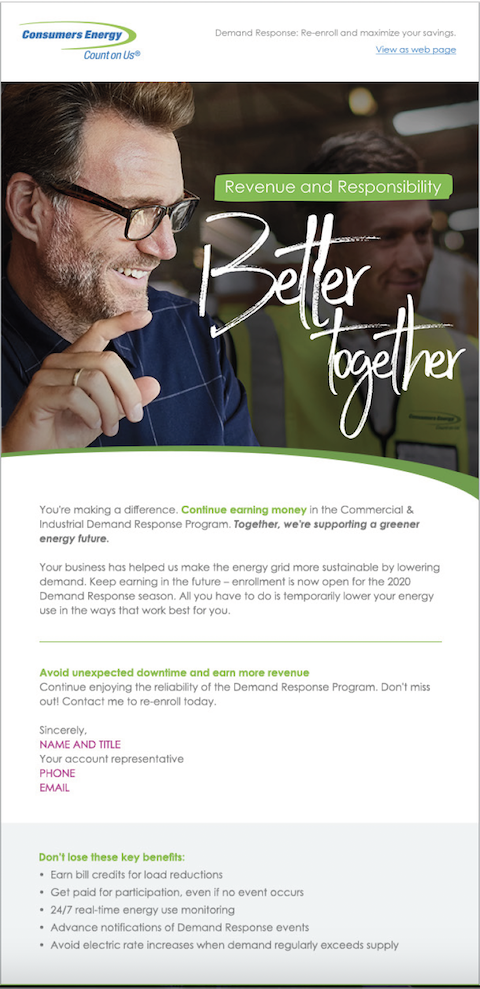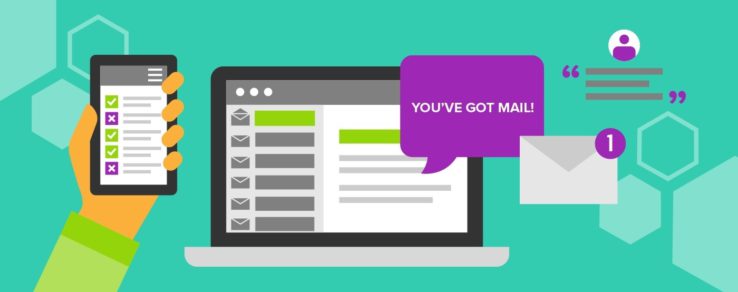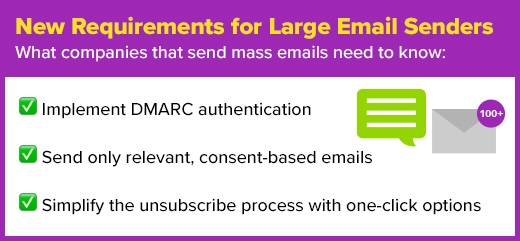When life takes an unexpected turn — a job loss, medical emergency or sudden expense — staying current with energy bills can become difficult. This is where financial assistance programs play a critical role for utility customers.
To ensure your utility financial assistance communications reach those who need it most, it’s important to communicate with compassion, clarity and consistency. Here are four utility program best practices to ensure your customers feel supported and understand their options.
Lead with Empathy and Understanding
Financial hardship can feel isolating and overwhelming, and customers need reassurance that their utility is a trusted energy advisor, not a bill collector. Every touchpoint in your utility payment assistance communications — whether an email, text or social media post — should use a supportive, empathetic tone.
Instead of saying:
“If you’re unable to pay, you may face service disconnection.”
Try:
“If you’re struggling to keep up with winter bills, we can help. Assistance programs are available to provide comfort and relief this season.”
A compassionate message builds trust and encourages customers to learn more about available resources. For example, PSEG Long Island’s financial assistance landing page uses warm visuals and empathetic messaging to connect with Long Islanders facing financial hardship.
Customers are directed to three pathways: Heating and cooling assistance, payment plans and a financial hardship form. This makes it easy for customers to find the course of action that best fits their needs. For customers who have questions, the landing page includes contact information for the utility’s team of advocates who offer customized recommendations on utility payment assistance communications.
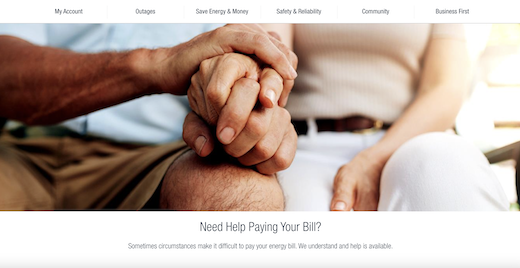
Make Your Message Simple and Accessible
When a customer is struggling, even small barriers can discourage them from seeking help. That’s why clarity and simplicity are essential in utility financial assistance communications.
Understanding eligibility requirements and completing applications are often deemed a complicated process. Utility marketers should avoid technical jargon and lengthy explanations in email campaigns, bill inserts, landing pages and other communications. Instead, use simple language, short paragraphs and clear calls to action.
Additionally, visual elements can make information even easier to digest. Infographics, step-by-step graphics or short videos can guide customers through the application process or explain complex programs. For instance, an infographic illustrating “3 Easy Steps to Get Bill Assistance” can be more effective than text-heavy explanations.
Best practices:
- Use friendly headers like “We Can Help” or “Find the Right Program for You.”
- Keep paragraphs short and focus on one key message per section.
- Include direct links to enrollment forms or contact pages.
- Clearly list eligibility requirements and documents needed up front.
- Use icons or checkmarks to visually organize important information.
ComEd, the largest electric utility in Illinois serving Chicago, created a simple and accessible online tool to help customers find financial support. The Smart Assistance Manager (SAM) helps customers explore available assistance programs without needing to contact customer service.
This online tool guides customers through eligibility requirements and the application process. By signing into their account, customers receive personalized program recommendations tailored to their needs.
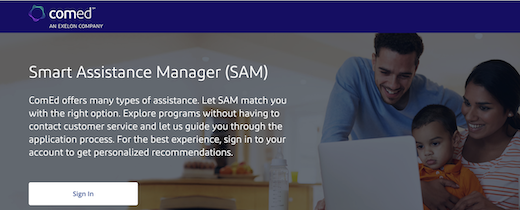
Accessibility goes beyond content — it’s also about language and format. Offering utility financial assistance communications in multiple languages — or using translation tools for email, webpages and videos — helps ensure all customers understand assistance programs. An essential utility program awareness strategy, inclusive communication helps to reach diverse communities within your service territory.
A great example of accessible communications is Questline Digital’s Engage Global Translate. With this translation feature, customers can easily select and save their preferred language for website content and emails. Offering 134 language choices, Engage Global Translate ensures a more accessible and inclusive experience for every customer.
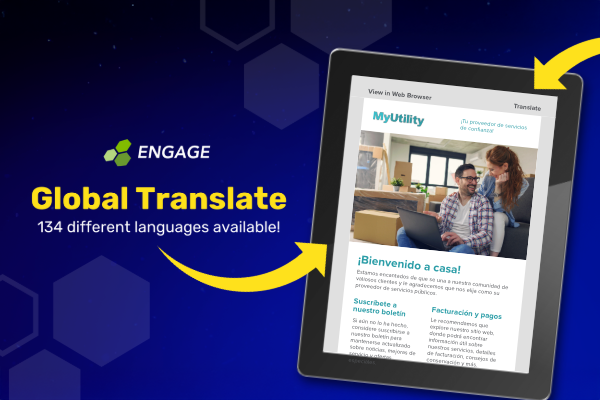
Reach Customers Where They Are
Not every customer reads your utility’s emails or visits your website regularly – that’s why a multichannel approach is key. A well-rounded utility program awareness strategy ensures your message reaches the right people at the right time.
Consider these touchpoints:
- Email campaigns that drive awareness and encourage action
- Bill inserts or messages in My Account portals
- Social media posts to reach broader audiences
- Community partnerships with local organizations or nonprofits that serve low-income customers
- Outbound text messages to remind customers of enrollment deadlines
To increase awareness and enrollment in assistance programs among Pennsylvania customers, FirstEnergy wanted to reach eligible households with more personalized, recurring digital utility financial assistance communications. Partnering with Questline Digital, the utility launched a campaign using SmartVX, a personalized video solution that delivers unique, data-driven messages to each customer.
The highly personalized videos featured the customer’s name and highlighted state and federal programs they were most likely to qualify for, with Spanish-language versions available to engage diverse communities.
By embedding these customized videos into targeted email campaigns, FirstEnergy achieved strong results in just four months, including a 70.5% watch rate, 4,800+ call-to-action (CTA) clicks and 10,000+ video views.
FirstEnergy boosted its program enrollment engagement rate to 6.2% in 2024, marking a 2% jump from the previous year. Much of this success can be attributed to the impact of the personalized video campaign.
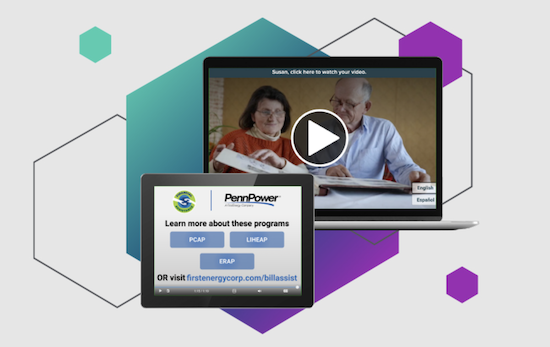
Tie Assistance to Broader Utility Values
Customers respond more positively to assistance programs when they understand that support is rooted in the utility’s mission and values. Your utility financial assistance communications are an opportunity to reinforce your commitment to affordability, energy equity and community wellbeing.
Consider incorporating messaging such as:
- “As part of our commitment to energy equity, we offer a range of assistance options to help ensure every household stays safe and comfortable.”
- “Supporting our community is at the heart of everything we do. Our assistance programs are designed to help customers during life’s unexpected challenges.”
- “We’re dedicated to keeping energy affordable and accessible. If you’re experiencing hardship, we have resources that can help.”
Entergy, a large Southeast utility, emphasizes its commitment to community wellbeing through the Low-Income Customer Assistance and related programs — a powerful example of how financial assistance can reflect a utility’s core values.
According to the Entergy website, approximately 40% of the utility’s 3 million residential customers live below the poverty line. Since 2000, Entergy has invested over $175 million in programs aimed at helping low-income families. For example, the Power to Care program provides emergency bill payment assistance funded by donations from customers and employees, then matched by the company.
Entergy’s mission goes beyond providing energy service — it’s rooted in supporting customers and communities in need.
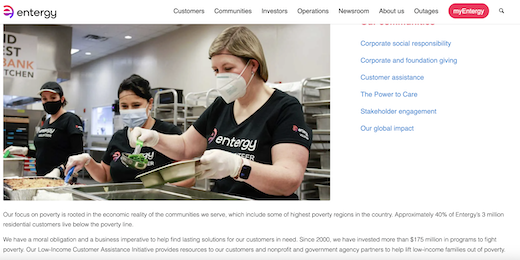
The Impact of Thoughtful Communications
Communicating about utility financial assistance communications is more than listing available resources — it’s an opportunity to demonstrate your utility’s commitment to customer wellbeing.
When utilities lead with empathy, simplify access to programs and connect assistance to their broader mission of community service, customers feel understood and supported. Compassionate communications strengthen trust and build lasting customer relationships.
